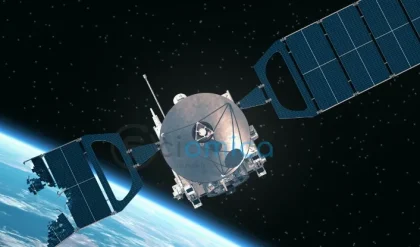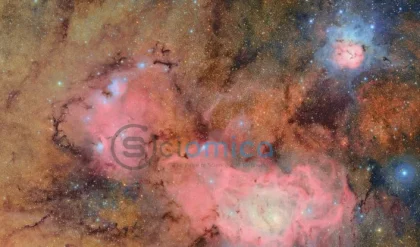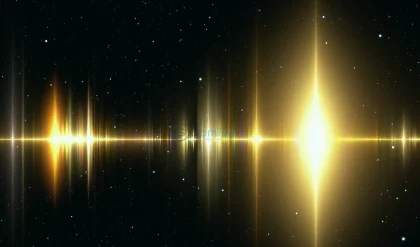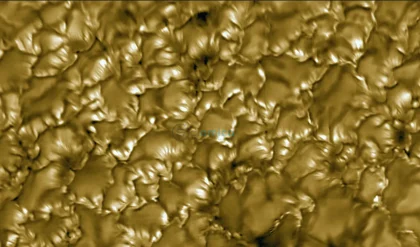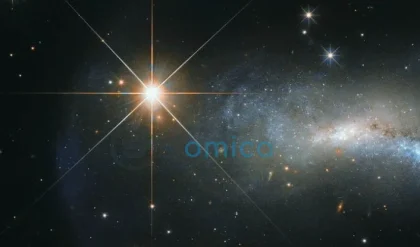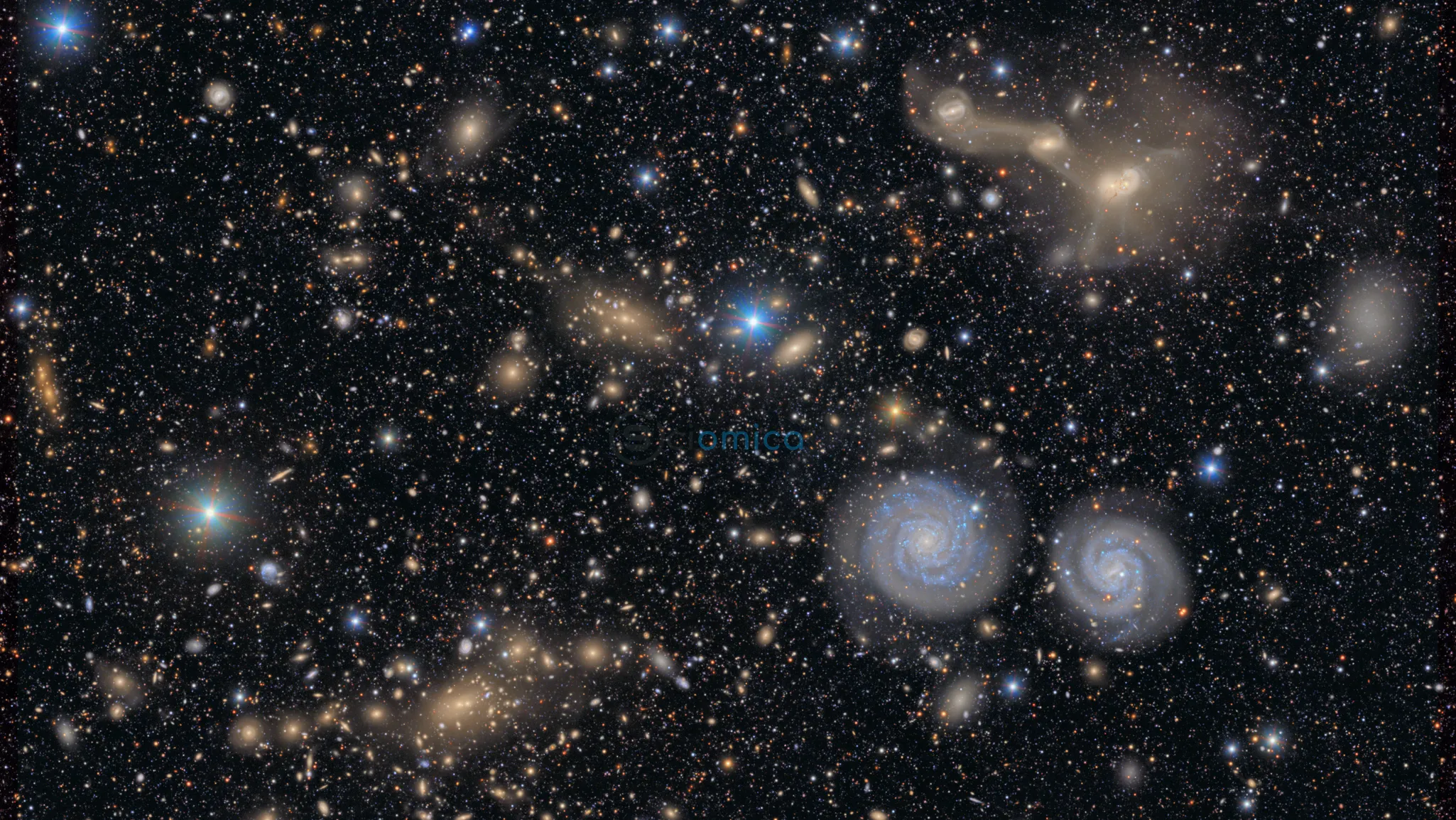
In a historic moment for astronomy, the Vera C. Rubin Observatory has released its first batch of remarkable images, showcasing around 10 million galaxies, many of which have remained unexplored until now. The unveiling, conducted via a live stream on June 23, marks a significant milestone in decades of preparation and technological advancement.
The images were captured by the observatory’s colossal digital camera, designed to provide unprecedented detail across vast expanses of the night sky. During a press conference, scientists revealed that the initial images far surpassed the earlier “sneak peeks” shared with the public. A breathtaking spiral galaxy shared before the event illustrated only a mere two percent of the cosmic cataloging achieved in the complete first image.
A New Realm of Discovery
The first full image, as stated by Zeljko Ivezic, the Project Scientist at the Rubin Observatory, encompasses approximately 10 million galaxies in and around the Virgo Cluster, providing a view of celestial bodies never before witnessed by the scientific community. This groundbreaking image, boasting a staggering 3200 megapixels, would require an impressive 400 ultra-high-definition screens for visual clarity, enough to fill an entire basketball court.
“As we embarked on this journey, we knew that the data we would harvest would be revolutionary,” Ivezic noted during the announcement. The observatory’s efforts are poised to yield a wealth of information that could significantly enhance our understanding of the universe.
The Promise of a Staggering Amount of Data
In its first year, the Vera C. Rubin Observatory is slated to collect more data than all existing optical observatories combined. This information will be accessible to scientists worldwide, paving the way for groundbreaking discoveries that may include identifying previously unseen asteroids, unraveling the mysteries surrounding dark matter and dark energy—two of the universe’s greatest enigmas— and providing insights into numerous other cosmic phenomena.
Michael Kratsios, director of the White House Office of Science and Technology Policy, expressed optimism about the potential impact of the observatory’s findings. “The stunning images and staggering amount of data produced by this observatory will fuel extraordinary scientific efforts globally,” he affirmed.
A Long-term Vision: A Time-Lapse Movie of the Universe
The Rubin Observatory anticipates generating approximately 20 terabytes of data each night over its planned decade-long operation. By continuously capturing high-resolution photographs of the night sky every 30 seconds, the observatory will compile approximately 1,000 images per night, covering the Southern sky every few nights. These sequences will be meticulously stitched together to create a detailed time-lapse movie of the universe, revealing the movements of asteroids, comets, stars, and other celestial entities.
Preliminary observations have already led to the identification of over 2,000 new asteroids, with expectations to discover around 5 million asteroids by the end of the observatory’s mission—an astounding fivefold increase compared to all asteroids documented over the past two centuries.
Setting a New Course in Astronomy
“The movie has started, the camera is rolling, and we are about to witness the cosmos unfold before us,” remarked Chris Wright, Secretary for the Department of Energy, as excitement rippled through the conference attendees.
The implications of these advancements in technology and data gathering hold exciting prospects for near and distant astronomical inquiries. Researchers predict that understanding of dark matter, dark energy, and planetary defense will undergo significant advancements in the wake of Rubin’s contributions.
As the Vera C. Rubin Observatory settles into its role on the cosmic stage, the scientific community eagerly anticipates each new discovery it will share with the world. This observatory, with its remarkable capabilities, stands on the precipice of unlocking the universe’s most profound mysteries, shifting our perspective on the cosmos forever.

